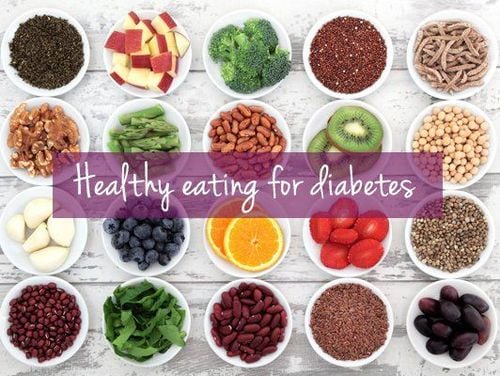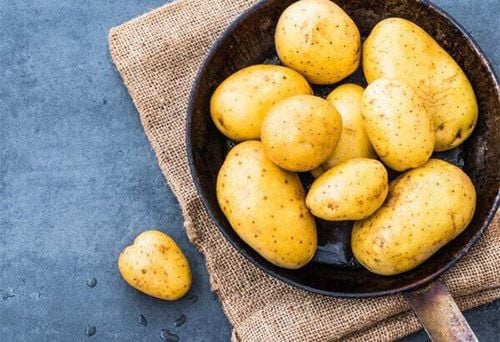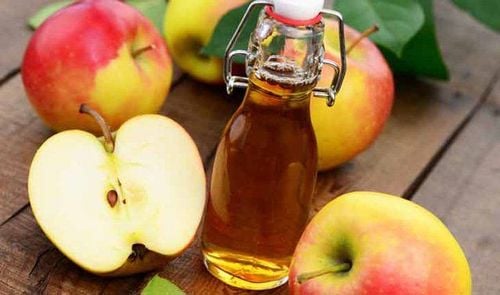Keeping non-perishable foods can be a great way to minimize trips to the store and ensure you have all the ingredients you need to prepare a nutritious meal. Notably, many frozen or shelf-stable foods have minimal impact on blood sugar levels. Here are 18 non-perishable foods for people with diabetes:
1. Dried or canned green beans
Green beans are popular in many dishes. While they contain carbs, they are also rich in fiber, protein, and healthy fats—all of which help minimize their overall impact on your blood sugar levels.
These legumes can be used to make appetizers. Eating beans can also help with weight loss and may help regulate blood pressure and cholesterol.
Additionally, beans can help people manage their blood sugar levels. They are a complex carbohydrate, so the body digests them more slowly compared to other carbs.
If stored in a pantry, dried green beans can last up to 3 years.
2. Canned tomatoes
Canned tomatoes can flavor many dishes, including soups and stews. These red fruits are also very high in antioxidants, such as lycopene, which may promote heart health.
Moreover, they have a relatively low carb content, so they only have a minimal impact on your blood sugar. Canned tomatoes can be used in cooking or to make sauces.
3. Peanut butter
Peanut butter is a source of protein, fat, and fiber and is low in carbs. You can add peanut butter to toast or crackers, blend it into a smoothie, or use it as a dip. It's also great in savory dishes like Thai-inspired stir-fries.
Just be sure to choose natural peanut butter brands that don’t contain added sugar, as sugary foods negatively affect blood sugar control. Once opened, peanut butter lasts about 1 year.
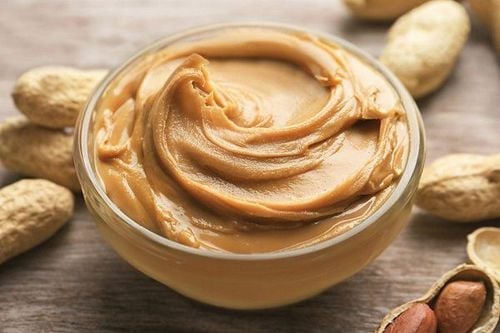
4. Pistachios nuts
Pistachios are a tree nut that contains protein and healthy fats. They are rich in fiber, making them an excellent snack option for people with diabetes.
Pistachios can be eaten with salads or ground into bread dough. They last around 6 months outside and can be kept in the refrigerator to extend their shelf life.
5. Canned Salmon
Canned salmon is rich in omega-3 fatty acids, which are beneficial for your brain and have anti-inflammatory properties. Moreover, this fish is packed with protein and contains no carbs. Canned salmon also includes some bones, which are safe to eat and provide a calcium boost.
You can use canned salmon in salads or make salmon patties. It typically lasts up to 2 years after purchase.
People need a certain amount of healthy fats to keep their bodies functioning and improve heart and brain health.
The ADA reports that diets high in polyunsaturated and monounsaturated fats can improve blood sugar and lipid control in people with diabetes.
6. Seed crackers
Seed crackers are crackers made from various seeds, such as sesame, flaxseeds, and chia seeds. The seeds serve as a source of healthy fats and fiber, helping slow the impact of these crackers on your blood sugar.
They can be paired with peanut butter or cheese as a snack, or included in meals like chicken salad or soups. If kept sealed and stored in a pantry or refrigerator, seed crackers will last about 1 month.
7. Chia seeds
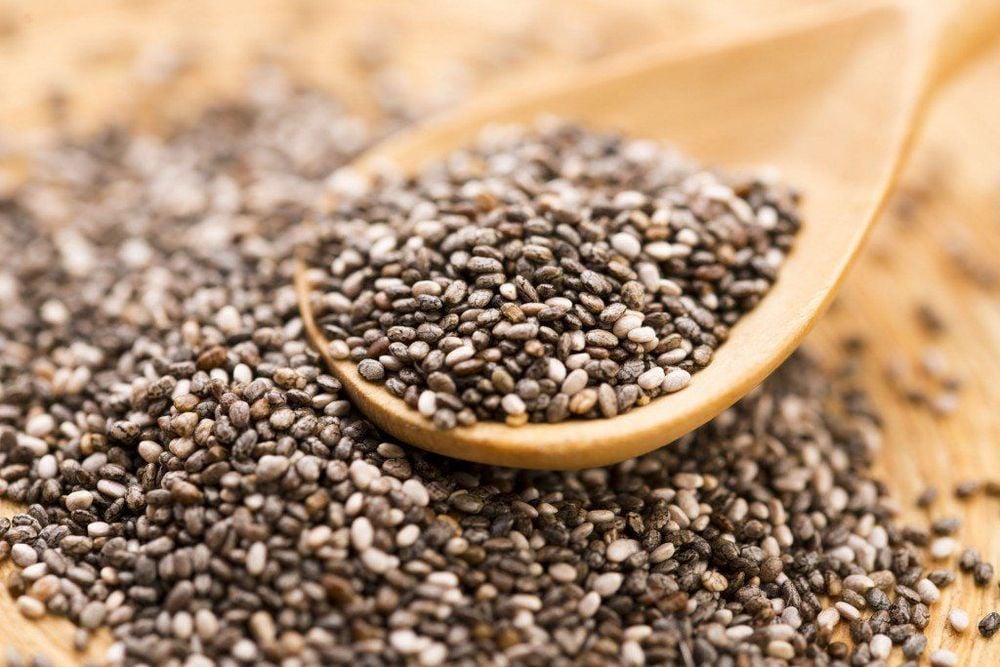
Chia seeds are often referred to as a superfood due to their high antioxidant and omega-3 content. They are also a good source of protein and plant-based fiber. According to research, overweight individuals with type 2 diabetes experienced more weight loss over 6 months when they included this diabetes-fighting food in their diet compared to those who consumed oat bran. Therefore, researchers believe chia seeds can help people manage type 2 diabetes.
Chia seeds are small, black or white seeds. They help boost digestive health because they are rich in soluble fiber, which forms a gel in your gut. This helps slow down digestion and prevents rapid blood sugar spikes.
You can eat chia seeds for breakfast, with salads, use them in baking, or add water to make a dessert.
8. Berries
Berries are packed with antioxidants, which can help prevent oxidative stress. Oxidative stress is linked to a range of health conditions, including heart disease and some cancers.
Studies have found chronic oxidative stress levels in people with diabetes. Oxidative stress occurs when there is an imbalance between antioxidants and unstable molecules called free radicals in the body.
Berries, such as raspberries, are relatively low in sugar and high in fiber compared to other fruits like bananas or apples, which means they have a lower impact on your blood sugar.
Additionally, berries are rich in nutrients and antioxidants that promote health. They also contain other important vitamins and minerals, including vitamin C, vitamin K, manganese, and potassium.
9. Broccoli
Broccoli is a versatile ingredient that can replace mashed potatoes, rice, and even some types of pasta like spaghetti. Its mild flavor makes it a great substitute for starchy foods. Broccoli is very low in carbs, making it great for people with diabetes.

10. Quinoa
Quinoa is a whole grain with a flavor and texture similar to brown rice. However, it contains more protein and fiber and fewer total carbs compared to brown rice, making it ideal for people with diabetes.
Quinoa lasts between 6 months to 1 year if properly stored in an airtight container in the refrigerator.
11. Canned Mushrooms
Canned mushrooms have a milder flavor than fresh mushrooms, helping to boost the nutrient content of dishes. Mushrooms are commonly used in soups and stir-fries.
Mushrooms are rich in fiber and low in carbs, so they have minimal impact on your blood sugar levels. Some mushroom varieties, including white button mushrooms, contain ergothioneine, an amino acid with antioxidant properties that may support blood sugar management.
12. Leafy greens
Leafy greens are packed with vitamins, minerals, and essential nutrients. They also have minimal impact on blood sugar. Leafy greens, including spinach and kale, are good sources of potassium, vitamin A, and calcium primarily from plant sources.
Leafy greens provide protein and fiber. Some researchers say that eating leafy greens is especially beneficial for people with diabetes due to their high antioxidant content and starch-digesting enzymes.
Leafy greens include spinach, collard greens, kale, cabbage, bok choy, and broccoli. A small study showed that kale juice could help regulate blood sugar and improve blood pressure in people with preclinical hypertension.
In the study, participants drank 300ml of kale juice daily for 6 weeks. You can include leafy greens in meals such as salads, side dishes, soups, and dinner. Pair them with a lean protein source, such as chicken or tofu.
13. Canned Chicken
Canned chicken is lean, high in protein, and virtually carb-free. It's also very convenient because it is fully cooked and ready to eat.
You can use canned chicken in soups, salads, and casseroles just like you would with shredded or chopped cooked chicken. Canned chicken lasts up to 4 years.
14. Dark Chocolate
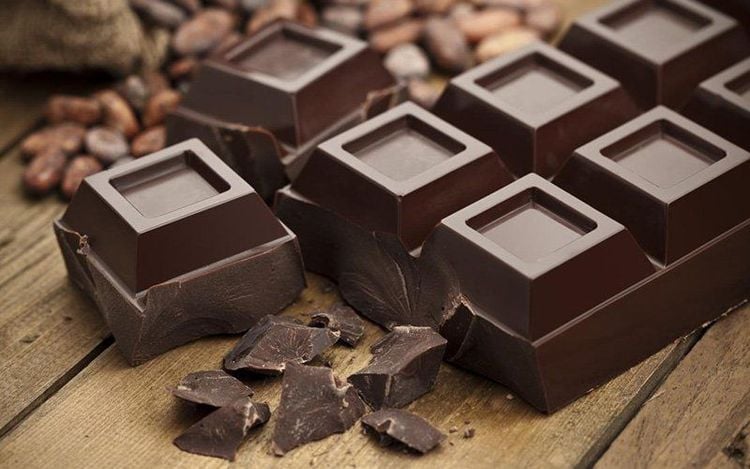
Dark chocolate is an excellent food for managing diabetes, especially for people with the condition. The darker the chocolate, the better, as it typically contains more cocoa and less sugar. Cocoa is also rich in fiber and healthy fats.
For example, just 3 squares (30 grams) of 78% dark chocolate provide 14 grams of fat, 3 grams of protein, and 4 grams of fiber—only 11 grams of carbs. A dark chocolate bar can last up to 4 months when stored in the refrigerator.
15. High-Protein pasta
High-protein pasta is often made from beans, such as black beans or green peas, rather than wheat.
Beans contain carbs but are higher in fiber and protein than wheat, making high-protein pasta a better choice for people with diabetes.
You can replace regular pasta with high-protein varieties in any recipe.
16. Protein powder
Most types of protein powder are low in carbs and added sugars while providing a large dose of protein, making them quick and convenient.
Whey protein is derived from cow’s milk, so if you prefer a plant-based option, you can use soy or pea protein powder.
Protein powder is an excellent addition to smoothies, protein shakes, and desserts. It typically lasts up to 1 year if sealed and stored in a cool, dry place.
17. Milk
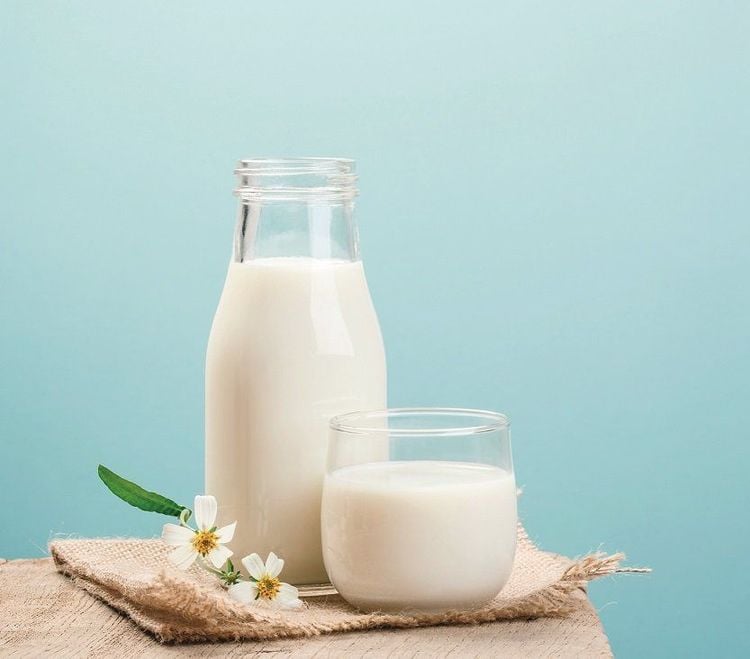
Although cow's milk has slightly higher carb content than some alternatives, the protein and fat—unless removed—mitigate its impact on your blood sugar. Additionally, some plant-based milks, such as unsweetened almond milk, contain little carbs to begin with.
If you choose plant-based milk, be sure to buy varieties with no added sugars. Both dairy and plant-based milks can be used in various recipes, such as protein-rich smoothies, soups, and baked goods. They last unopened for several months but should be refrigerated once opened.
Dairy products contain essential nutrients, including calcium and protein. Some studies even suggest that milk may have a positive impact on insulin secretion in some people with type 2 diabetes.
Some of the best options to add to your list include: Parmesan, ricotta, or cheese, low-fat or full-fat milk, Greek yogurt, or low-fat or non-fat yogurt.
18. Olive oil
Olive oil is rich in anti-inflammatory compounds, and consuming it regularly can help you manage blood sugar levels.
Olive oil is a pure fat, so it contains no carbs that affect your blood sugar. However, it is calorie-dense, so it should be used in moderation.
To arrange an appointment, please call HOTLINE or make your reservation directly HERE. You may also download the MyVinmec app to schedule appointments faster and manage your reservations more conveniently.
To arrange an appointment, please call HOTLINE or make your reservation directly HERE. You may also download the MyVinmec app to schedule appointments faster and manage your reservations more conveniently.
